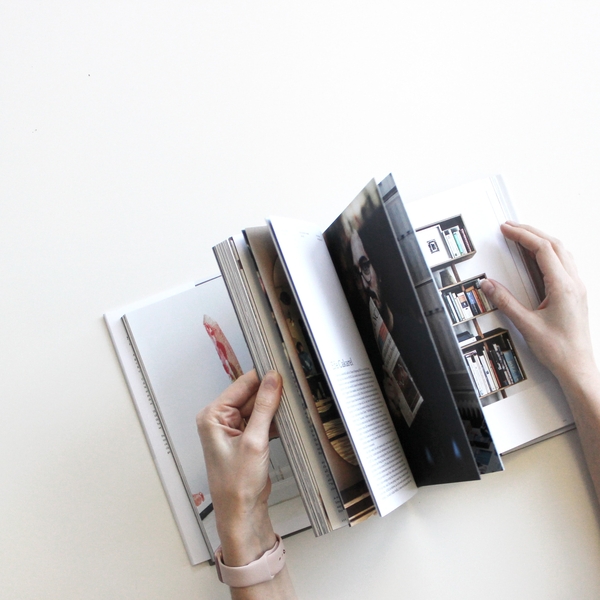It’s not just your book cover design that needs to be professional and polished. Your book interior design needs the same treatment. Printing and distribution services like Ingram even require you book to fit certain standards so you want to get it right. Here are the things to consider when preparing your book for print.
Your Book Cover Design Effects the Interior Design in a Few Ways
The size of your book, and you front cover font play a role in the interior design of your book. These are the two most important things to consider when choosing how you want the interior to look.
Title Page Correlates with Your Book Cover Design
Whether you want a title page on the interior of your book or not, your book cover design has an influence on how this will look. Generally a full title page uses the same font and layout of the cover itself. You’ll also see the publishing imprint like on the back cover but it will be centered and at the bottom. In the interior design process you also decide if you want this full title page, a half title page or both.
Margins Have an Impact on Readability
You need to consider your trim size when you decide on your margins. Standard, default margin size is .50 for the outer margins and .75 for the inside. Your margins need to accommodate your page count and the trim size. If you’ve crammed to many words into a smaller trim size and you use standard margins, or tried to fill up space by having a smaller trim size this can look odd. It leaves you with too little margin which doesn’t look great, or the print may have to be too small which effects readability.
Other Design Preferences to Consider
Yes, just as with your book cover design, the interior design requires some styling choices to be made. These styling choices are as much of a mix of preference and fitting standards as your cover.
Font: Different Conventions Than Your Book Cover Design
Just as with your book cover design, font choice matters a lot. You’re going more for readability once again, rather than style. You still have some options, but most of them will be within the Serif family for this reason.
Of course, genre, tone and themes will still be considered when consulting with your book designer so it’s not entirely rigid, but you don’t want an entire book printed in a terrible font.
Paper Treatment
This part is almost entirely an aesthetic choice. But just as with your book cover design, the paper treatment choice is going to have an effect on the feel and message of your book.
Generally, for printers and distributors like Ingram, you’ll simply get the choice of white or cream, and weight.
It’s not about glossy or matte like with your book cover design, but these subtle things can make a difference. And FYI, cream is most often used in Fiction, Memoirs and other Creative Nonfiction while a nice stark white is usually used for business books and photo focused publications.
The Layout of Your Interior
Yes, there are more choices to make still! And these are just as important for how your book interior will appear. These options will also take into account your genre and the rest of your overall interior design and even a bit of your book cover design. These include:
- Where chapters begin—Should chapters begin on the right facing page only?
- Styling of first paragraph in new chapter—Do you want a stylized beginning with a striking first paragraph or should you continue with the same font uninterrupted.
- Section breaks— Did you make room for these? Will there be a ***(this is called a dinkus!), or just a double space?
- Titling headers and footers and page numbers— Yep, you get to decide if, when and where all these will be too. This is a style choice but can also be important depending on your genre.
All of these things are just as important as your book cover design because once you submit it for printing there’s no going back. Well, there is, but it’s extremely time consuming and a waste of your money. That’s why you want to get it right the first time. And that’s why at Monkey C Media this process includes several revisions and official approvals before your book goes to print. But hey, it’s worth it in the end.


Recent Comments